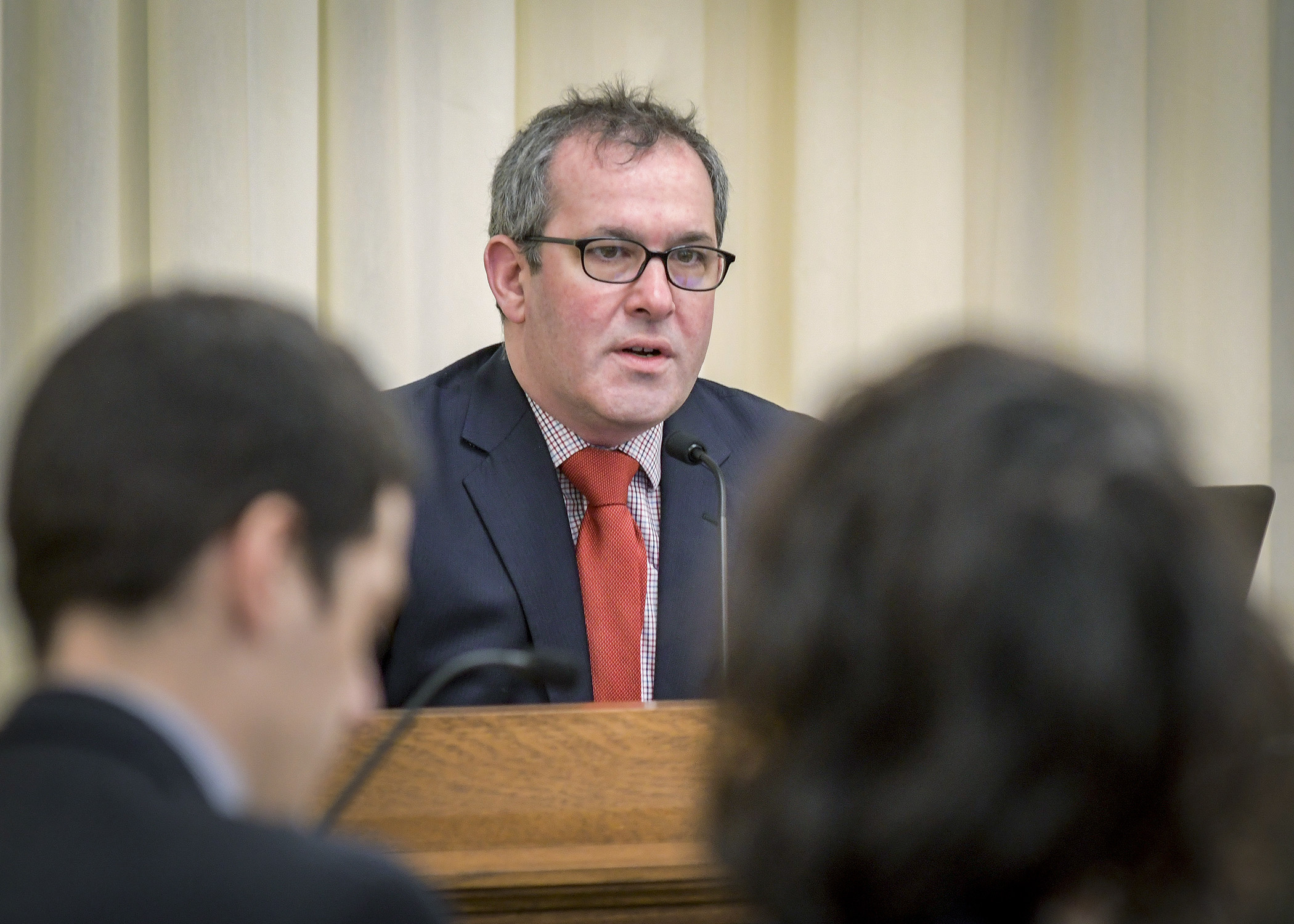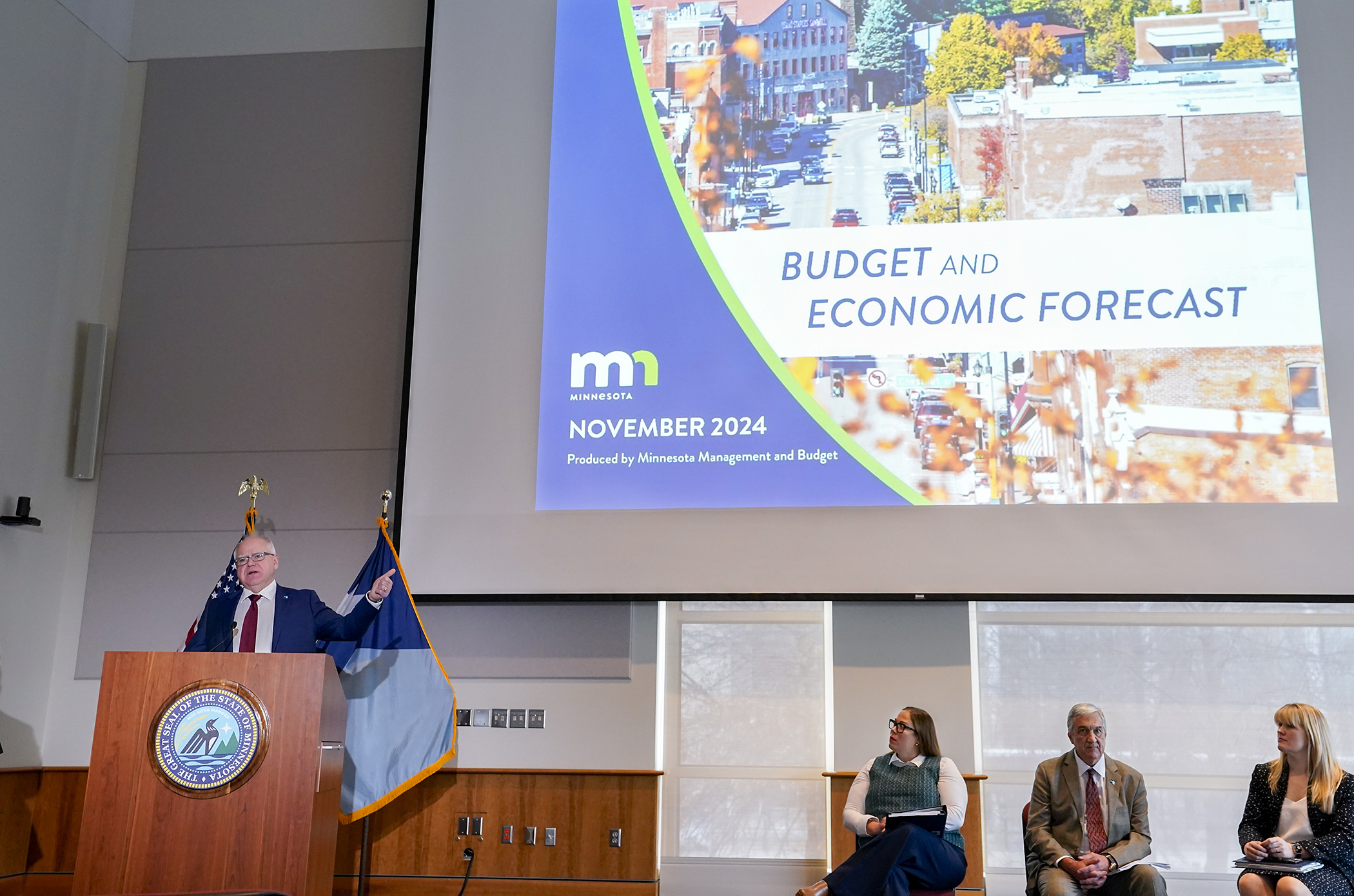Investments in early childhood could prevent, close skills gaps, division hears

To lay the groundwork for future policy talks, the House Early Childhood Finance and Policy Division continued its informational overviews on the landscape of early childhood issues Thursday.
Aaron Sojourner, labor economist and associate professor at the University of Minnesota’s Carlson School of Management, highlighted the economic and long-term benefits of spending on very early childhood development initiatives.
Long-term results include not only stronger communities and a better quality of life for individuals, but also a substantial return on investment for society through eventual workforce contributions and productivity. Citing a study by James Heckman, a Nobel laureate at the University of Chicago, Sojourner noted that childhood investments have an 8 percent rate of return.
“I just want to compare that to the rate of return for private capital in the stock market, which averages around 5.8 to 6 percent since WWII,” he said. “If you offer me an 8 percent rate of return, I’ll take a lot of that. I’ll buy that stock all day long … that’s a good rate of return.”
The future labor force
Labor economists spent about 80 years studying labor market productivity by looking mostly at adult predictors, like what industry a person is in, their education, income and geography. It wasn’t until more recently that they began to take a holistic view.
“We started to understand people really do develop through a process, you know, prenatally into adulthood and you can’t understand how people are going to do as adults in life unless you understand that process of development,” Sojourner said. “So getting the right foundation is really critical.”
Income and skills gap correlation
Studies cited showed children born to lower-income families are much more likely to have a lifelong skills gap, which makes them less likely to be attached to the labor force, and less likely to make contributions to the economy. Additionally, these gaps open early, between the ages of 12 to 18 months, and persist throughout life without early intervention.
“I think the big question a lot of people have is … how much of this is subject to different experiences that people are having, and what I’m going to suggest to you is that there’s a lot of evidence that better early experiences can break this relationship between family income and childhood development,” Sojourner said. “These investments make a much bigger and more persistent difference for kids from more disadvantaged families than other families.”
Rep. Dave Pinto (DFL-St. Paul), the division chair, asked Sojourner to provide a better sense of how social and economic mobility is effected by the data he presented.
“Social mobility has declined in the U.S., and I think this is an avenue for creating more equality of opportunity,” Sojourner said.
While he didn’t recommend a particular early childhood initiative, Sojourner did encourage lawmakers to look into different evidenced-based programs and make greater investments in them.
Related Articles
Search Session Daily
Advanced Search OptionsPriority Dailies
Ways and Means Committee OKs House budget resolution
By Mike Cook Total net General Fund expenditures in the 2026-27 biennium will not exceed a hair less than $66.62 billion.
That is the budget resolution approved Tuesday by the House Ways...
Total net General Fund expenditures in the 2026-27 biennium will not exceed a hair less than $66.62 billion.
That is the budget resolution approved Tuesday by the House Ways...
Minnesota's budget outlook worsens in both near, long term
By Rob Hubbard It looks as if those calling for less state spending could get their wish, judging from Thursday’s release of the February 2025 Budget and Economic Forecast.
A state su...
It looks as if those calling for less state spending could get their wish, judging from Thursday’s release of the February 2025 Budget and Economic Forecast.
A state su...